
The fabric trends for Autumn-Winter 2024-2025
The eco-friendly trends in fabrics for Fall-Winter 24-25 highlight a strong focus on sustainability and solutions that contribute positively to the planet.
Sustainability does not necessarily mean a compromise in aesthetics.
Beauty and sustainability can coexist harmoniously, demonstrating that fashion can be innovative and at the same time respectful towards the environment.
“Consumers now have the opportunity to choose products that combine elegance with responsibility”
The integration of sustainability in fashion represents a revolutionary shift towards a more responsible and environmentally friendly way of life.
Fashion designers are now adopting innovative practices, using sustainable materials and investing in fair and ethical construction processes.
Sustainability in fashion enhances consumer awareness, from waste reduction to recycling promotion.
Alternative options are now available that highlight style while also respecting the planet and the people who contribute to their creation.
Sustainable fashion represents a harmonious agreement between the expressive value of clothing and respect for the environment.

Updated Material Source
The use of harmful farming practices is being replaced by intensive cultivation models.
This highlights the importance of sustainable approaches to sourcing raw materials.
Recognizing the universal impact left by the industry, it is turning to the use of agricultural byproducts and waste as alternative material sources.
This approach not only reduces waste volume but also contributes to creating a closed-loop economy.
The fashion industry promotes a green and responsible approach by utilizing these recyclable materials.
This model has dual benefits, protecting the soil and reducing the need for new plant production.
This strategy helps reduce soil degradation and promotes biodiversity, favoring a greener supply chain.
As a result, the fashion industry is evolving towards a sustainable future, demonstrating that elegance can coexist with sustainability.
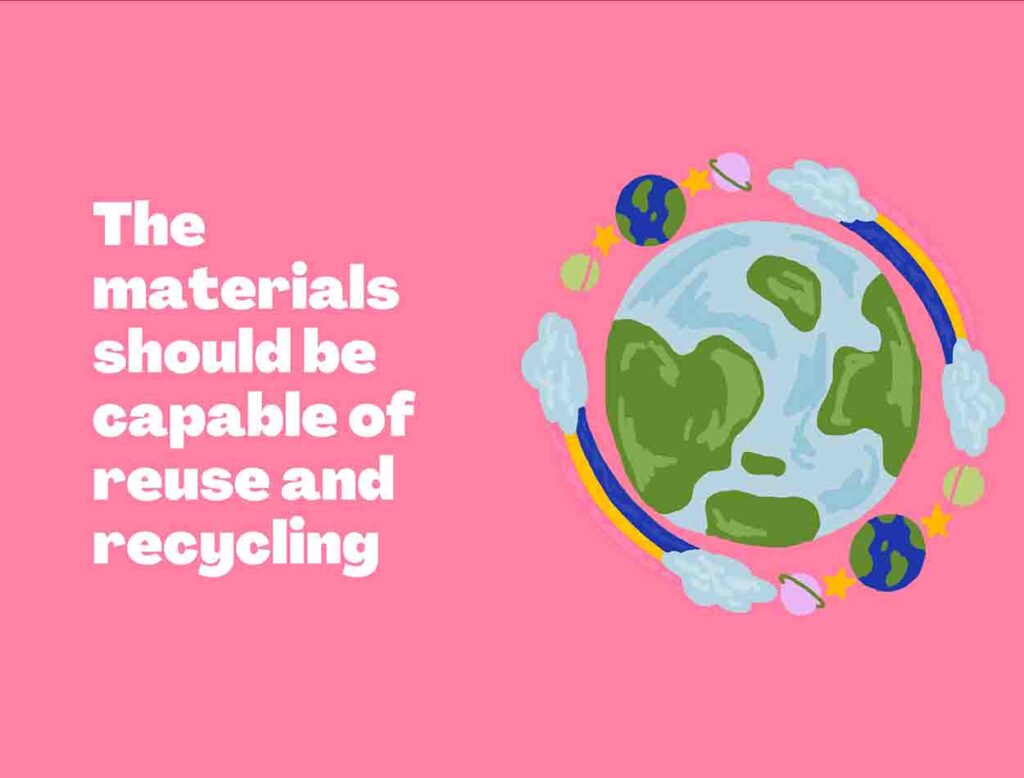
Mindful End-of-Life Planning
Departing from environmentally detrimental intensive cultivation models, the industry is shifting towards sourcing raw materials from textile waste and agri-food industry byproducts.
This strategic move minimizes soil degradation and promotes biodiversity, aligning with a greener supply chain.
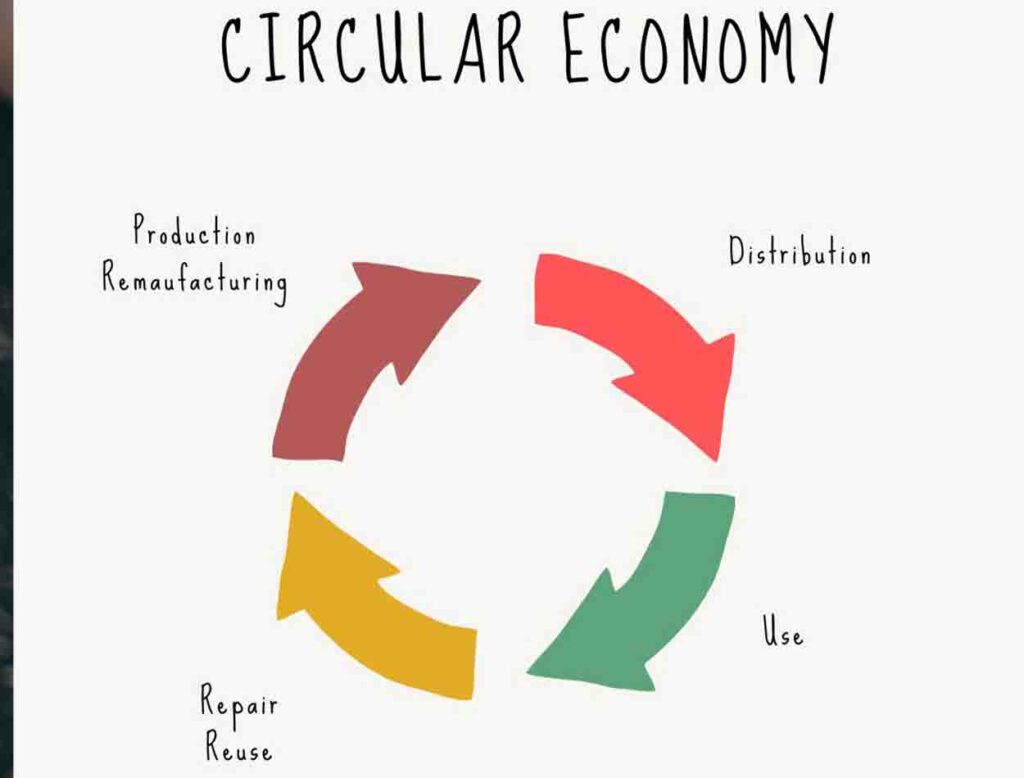
Circular Vision
The intervention of technology and circularity in the fashion industry is crucial to address the challenge of resource conservation.
The exploitation of secondary raw materials, such as fabric remnants and agricultural waste, provides a sustainable source for producing new fibers.
Artificial fibers benefit from recyclable resources. With the help of new technologies, cellulose can be extracted from hemp oil residues, citrus production, or unused fabrics.
Circularity is achieved in many ways, including redirecting ocean cleaning waste to recycled polyesters or polyamides. Ensuring improved biodegradability, and aiming for new generations of synthetic materials designed to release minimal amounts of plastic microfibers into the environment.
The coexistence of technology and circular practices represents a promising step towards a more sustainable and environmentally responsible fashion industry.
Read More Here
Chemical Recycling Advances:
Using artificial fibers made from recycled materials minimizes the overuse of virgin resources and reduces dependence on the extraction of natural raw materials.
Chemical recycling offers the opportunity to reuse existing fibers, reducing the need for new production.
This not only helps preserve resources but also reduces waste and environmental impact.
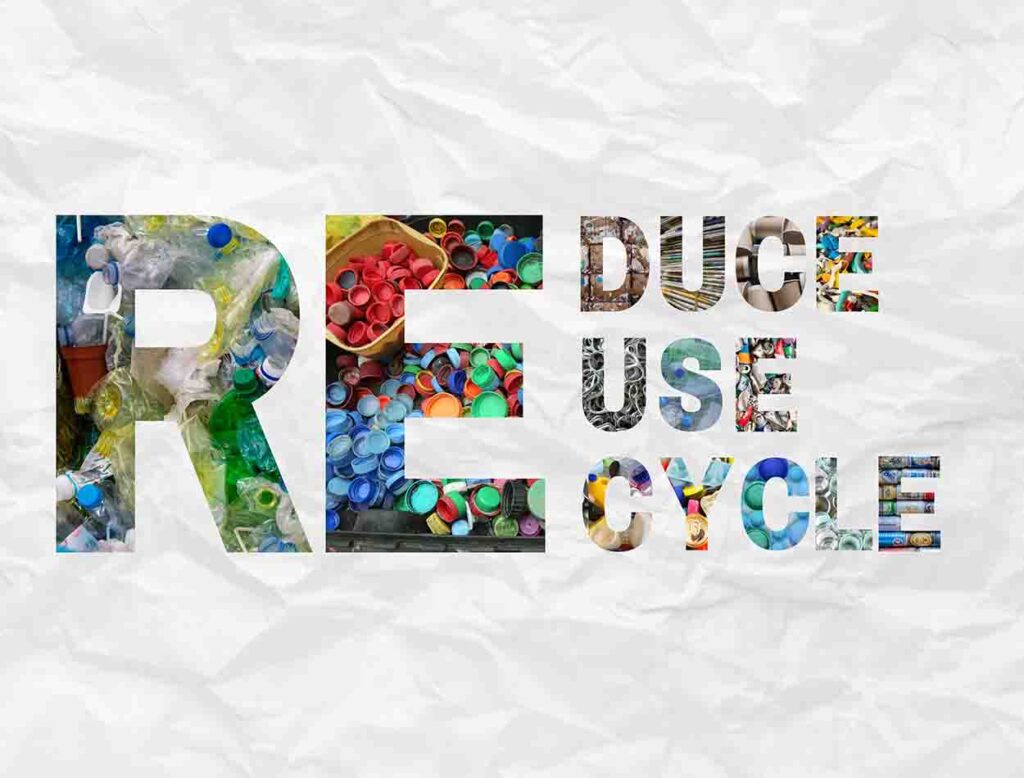
Recyclability Strategies:
A multifaceted approach to material recyclability underscores the importance of a continuous effort toward sustainable fashion.
Larger fibers facilitate the recycling process, allowing for easier processing and recycling of materials.
Therefore, choosing longer fibers in fabric production not only enhances product quality but also promotes recyclability.
Improvements in functional processing and decorative finishes are also key to enhancing recyclability.
The proper application of technologies ensures the reduction of harmful processes and the use of hazardous chemicals.
Additionally, it ensures that materials remain clean and easily recyclable.
This comprehensive approach ensures the quality of products and the preservation of sustainability throughout their entire lifecycle.
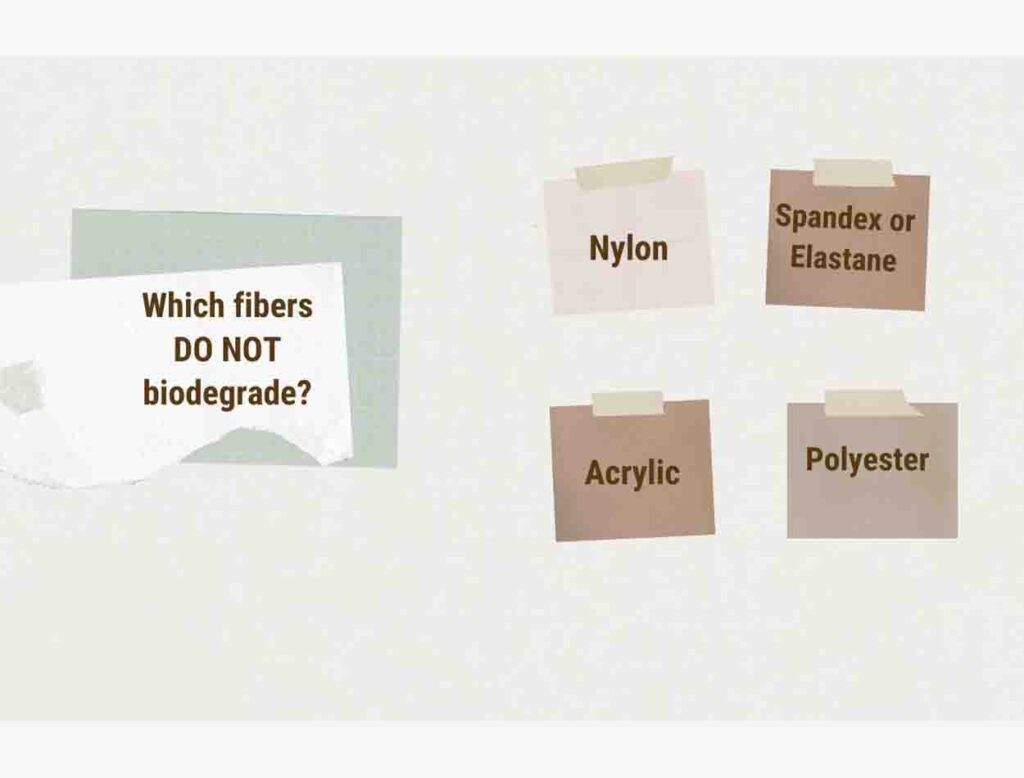
Enhanced Synthetic Biodegradability:
Advancements in synthetic materials underscore the importance of innovation in the realm of biodegradability.
Through the addition of specific substances and polymers under appropriate conditions, the decomposition time of synthetic materials has been significantly reduced, literally from centuries to a few months.
This technological progress is critical for reducing the environmental footprint of synthetic materials.
The ability for rapid biodegradation contributes to waste reduction and minimizes environmental impact.
Moreover, this approach combines the utility of synthetic materials with environmental responsibility.
Protective Diversity:
Manufacturers introduce innovative materials that provide protection against cold, wind, and rain without relying on fossil fuels.
By utilizing polyamides designed for outdoor applications, they harness natural polymer resources.
These biopolymers are developed into weaves, fabrics, membranes, and coatings for performance that repels water, withstands wind, and is waterproof, all without the use of petrochemicals.
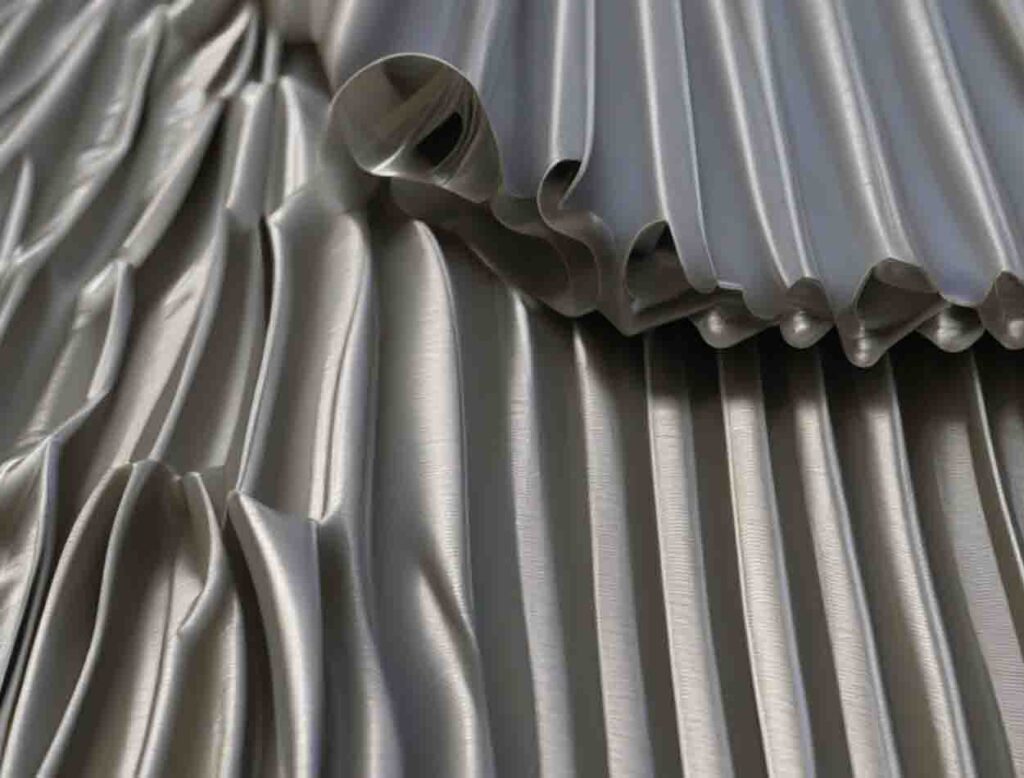
Sustainable solutions naturally extend to more technical aspects, such as rain protection. Natural wax coatings and finishes from plant oils represent an innovative and environmentally friendly approach.
These natural materials not only shield from the rain but also reduce the chemical footprint compared to traditional waterproof materials.
It’s amazing to see how innovation meets practicality, offering solutions that respect the environment without compromising on aesthetics and functionality.
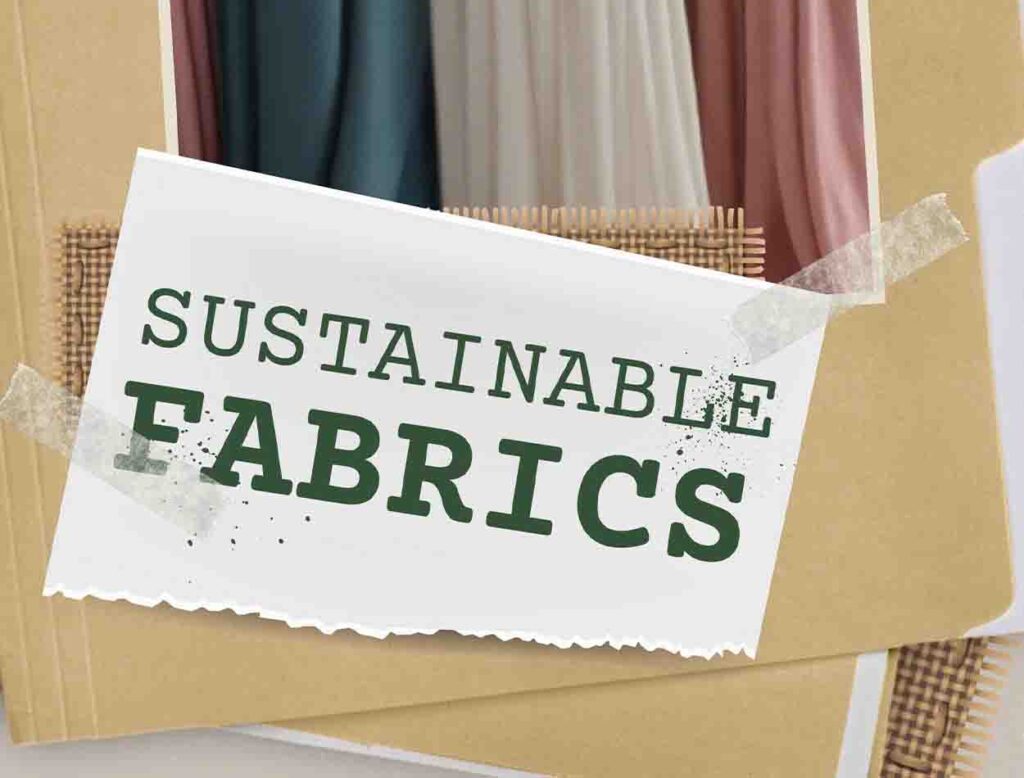
Wool’s Diverse Charm:
From conventional to recycled variations, wool is offered in myriad knit and woven forms, spanning shorn faux-furs, luxuriously shaggy pelts, and texturally intriguing fleeces.
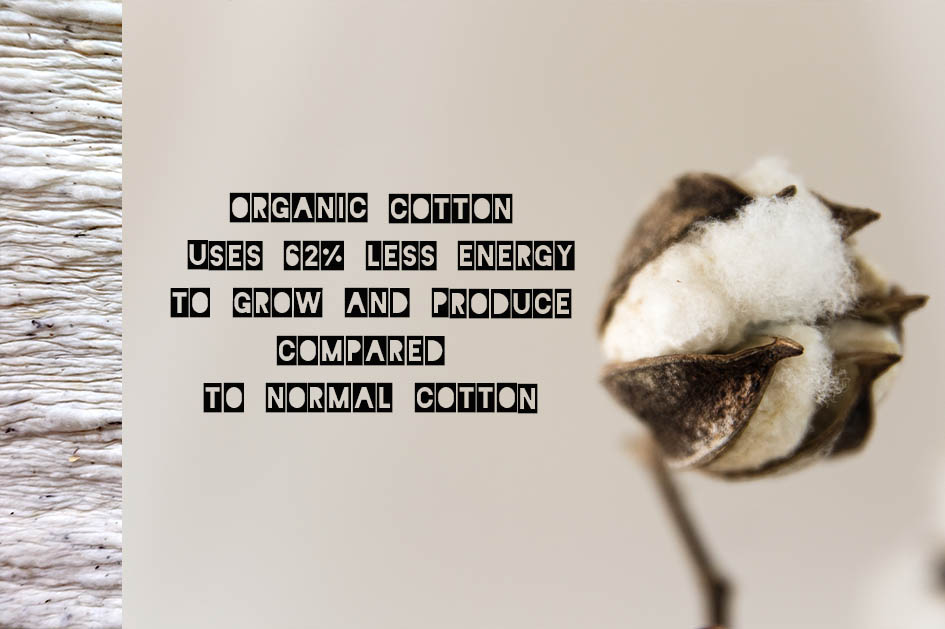
Innovative Faux Fur Creations:
Faux fur takes on a fresh identity with compositions of low environmental impact. Transitioning synthetic concepts into biopolymers yields plush, long-haired fabrics or realistic shearling effects.
Ethical Innovations in Wool:
Focusing on wool that respects animal welfare reflects a comprehensive approach to sustainable fashion.
This wool comes from practices that ensure proper treatment of sheep, without violent methods or excessive exploitation.
This choice highlights a shift towards a more sustainable and conscious fashion, where material production aligns with respect for nature and animals.
From conventional to recycled versions, wool is now available in countless knits and fabric variations.
It is encouraging to see the fashion industry prioritizing practices that not only define the quality of materials but also ethical and sustainable production.
Overall, developments in fabrics clearly reflect the fashion industry’s strong commitment to sustainability, circularity, and innovative practices.
Eco-friendly trends in fabrics create an environmentally friendly environment, leaving behind a positive ecological footprint.
It is hopeful to witness the fashion industry modernizing.
The trend towards more sustainable and responsible practices creates a future that respects the planet and its inhabitants.
You may also like
Organic Cotton: The Sustainable Choice for a Greener Fashion
“Organic cotton is one of the most natural fabrics available. Returning to our roots and practicin


